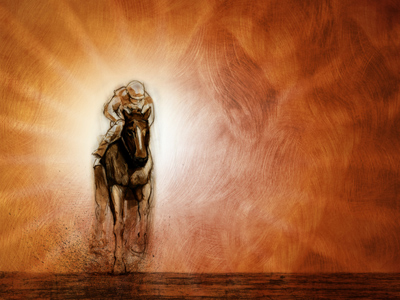
Women and the Vote 01
This KS3 History quiz takes a look at women and the vote. In past centuries, women were not seen as being equal to men. Power was usually held by men, although there had been some powerful women, for example Elizabeth I. During the nineteenth century, some positive changes to women's rights had been made, but they were still not allowed to vote in parliamentary elections.
In 1868, the first meeting on women's suffrage (the right to vote) was held, followed by the first Women's Suffrage Bill in Parliament. The Bill was defeated in 1870. Almost 30 years later, the National Union of Women's Suffrage Societies was formed to campaign peacefully.
The Suffragettes were a group of women who believed that all adult women should have the right to vote.
Ready for more?
not all...
quizzers. Try to win a coveted spot on our Hall of Fame Page.







